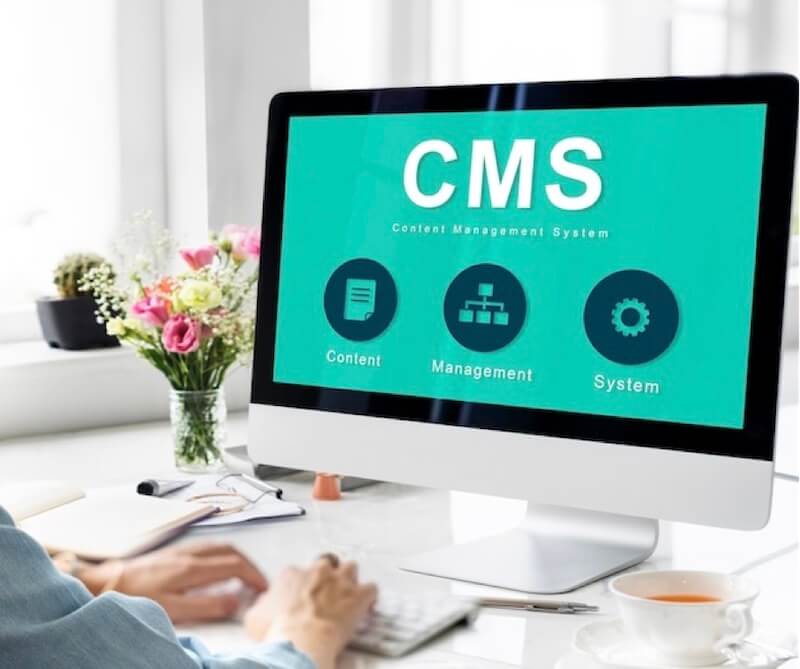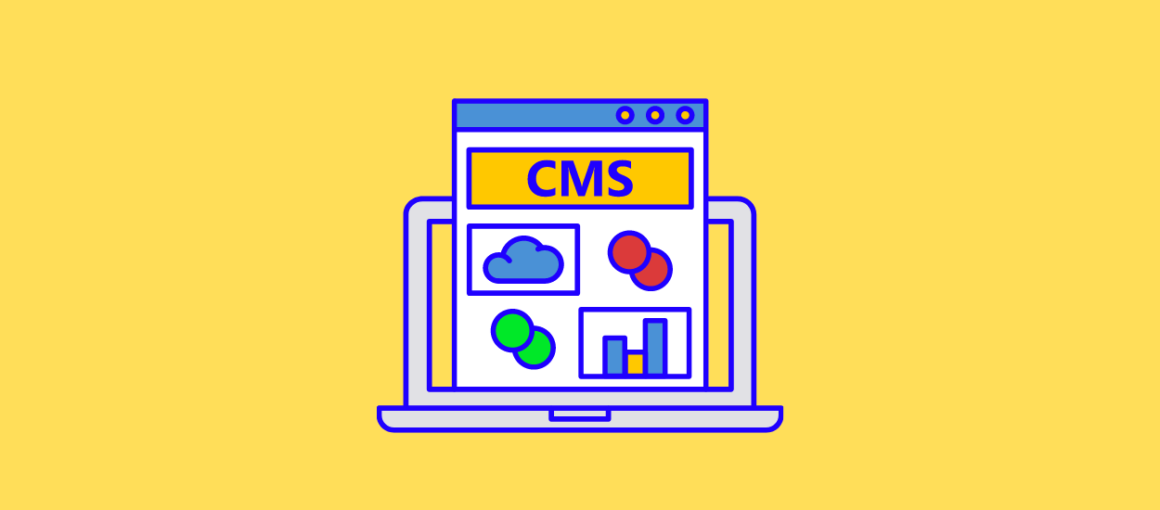In today’s multichannel world, conventional content management systems (CMSs) are no longer sufficient.
You need a headless CMS like Kontent by Kentico to deliver content beyond websites and applications, reaching any channel from smartwatches to kiosks, and even inside virtual reality (VR) headsets.
Headless CMS has been a rising trend in digital content management because it makes it easier to build a website without having lots of files filled with code.
Let’s take a look at the concept of the headless CMS, its key advantages, and why you should embrace it.

What is a Headless CMS?
A headless CMS empowers you to deliver content to multiple channels at the same time. You don’t need a separate application or service to generate, manage, and publish content.
A headless CMS frees developers from the worry of updating or maintaining any front-end user experience (UX) elements, allowing them to focus more on developing the actual application they’re creating.
Likewise, content creators can concentrate on editing and publishing content while real-time collaboration helps them stay on track and enhance their workflow.
Key Benefits of a Headless CMS
A headless CMS offers immediate and compelling benefits, including:
1. Agility and Flexibility
In order to adapt to the new digital transformation, you need a high level of agility and flexibility that will help you accelerate the process, ensuring your development project is up and running.
With a headless CMS, you can start working on your project and deploy your applications straightaway.
2. Reduced Time to Market
As the front-end and back-end in a headless CMS are decoupled by default, you have complete freedom to choose how you want to build your application. This drastically decreases your development time along with the cost of creating new features for your website.
3. Content Reuse
A headless CMS allows you to reuse the content you create – from newsletters, blogs, and ebooks to social media posts –in other applications or projects.
This means you can easily update every element without having to change any other part of your website.
As a result, it saves you from the hassle of creating the same content repeatedly. Rather, you can concentrate on generating new content.
Do You Really Need a Headless CMS?
We’re glad you asked!
As we live in an omnichannel world, a headless CMS is an indispensable piece of technology. The content that your company generates for its website also needs to appear on several other applications, integrations, newsletters, and more.
And let’s be honest, managing an additional copy of that content for numerous channels can be inefficient and time-consuming.
So if your business updates a product description on its website, you shouldn’t have to copy and paste that update into several different systems.
Instead, you should be able to make the update in one consolidated place and push the change out to all of the locations where it matters.
That’s the power of a headless CMS.
It works as a single centralized source of truth for all of your business’s content and assets, giving you one place to manage, edit, update, and publish that content.










